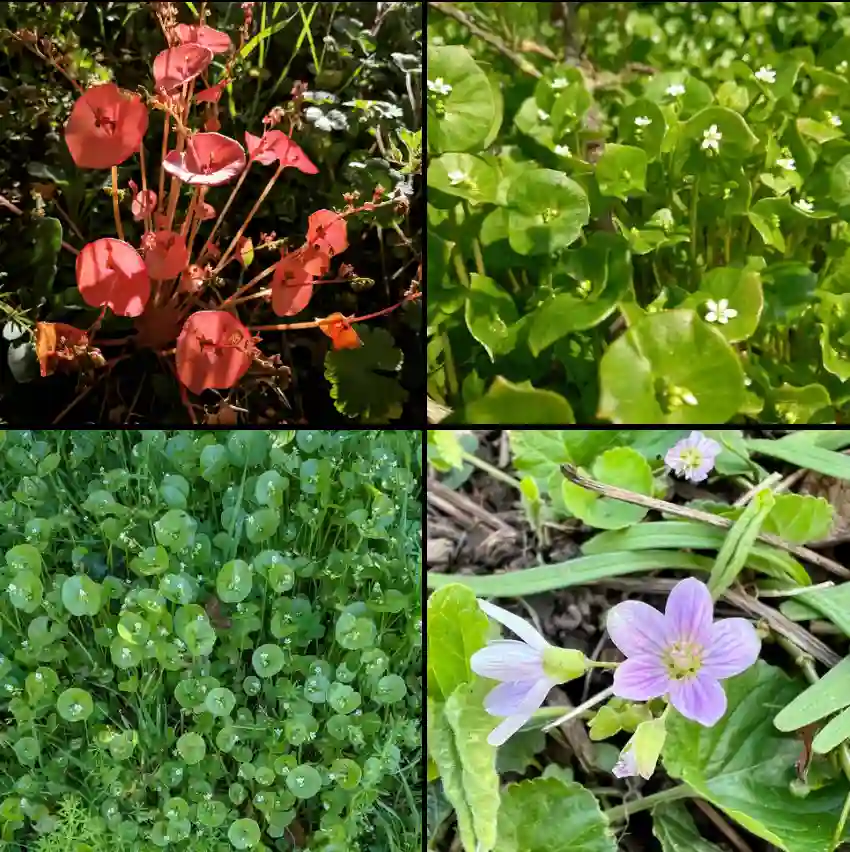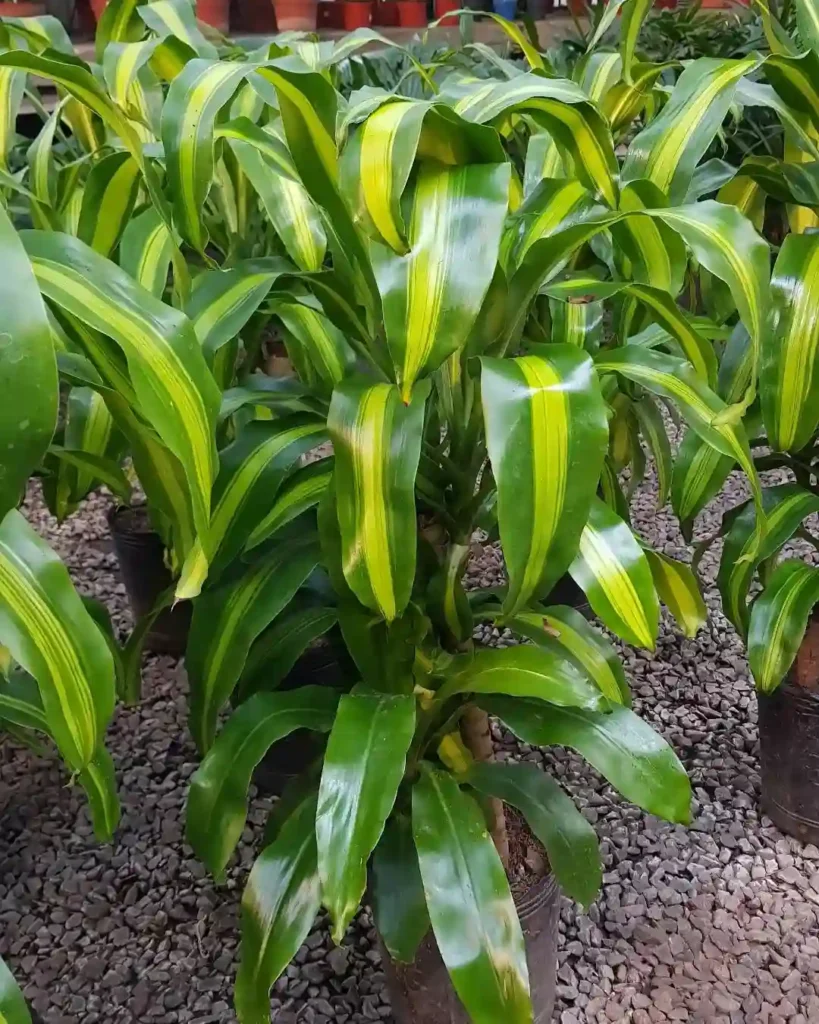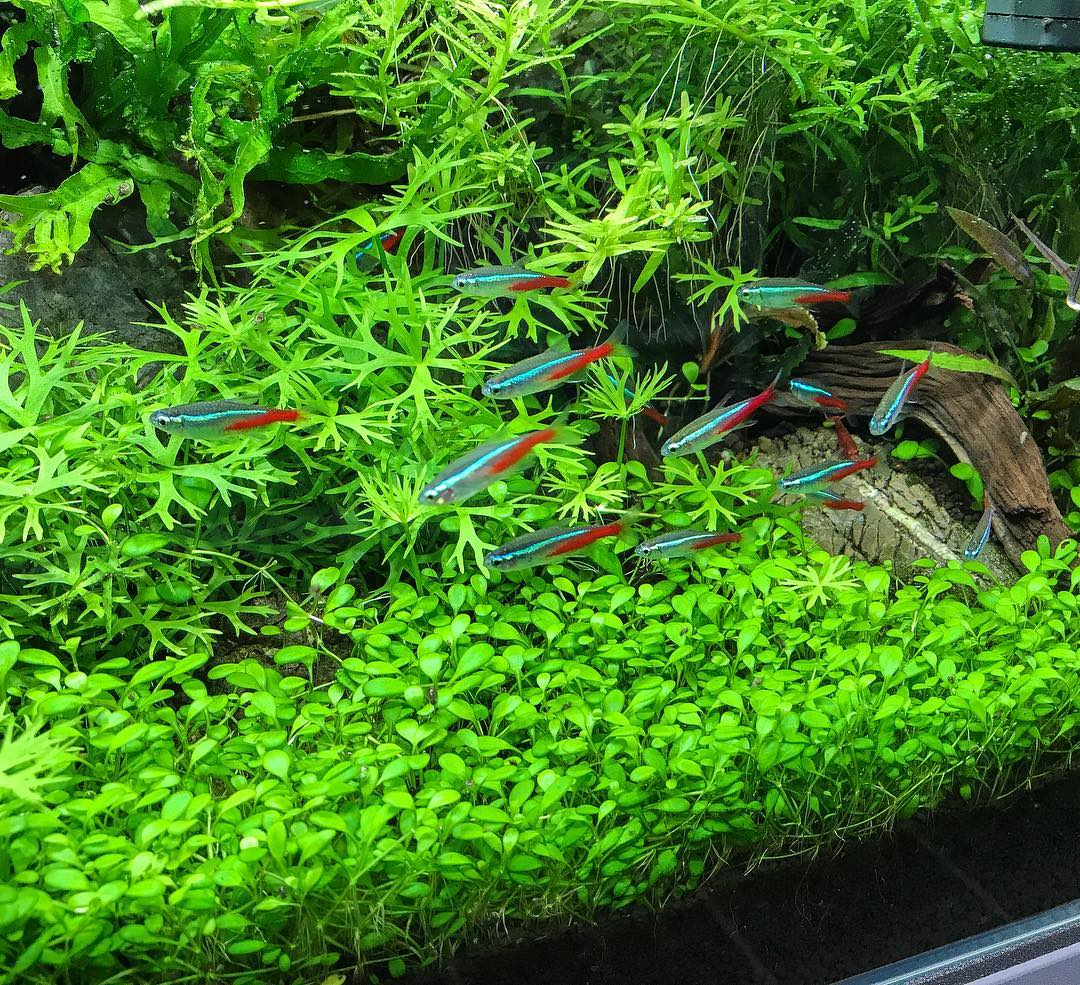How to deadhead Geum Totally Tangerine?
Deadheading Geum Totally Tangerine is a breeze for me. I usually wait until the blooms start to fade and lose their vibrant color. Then, armed with a pair of sharp scissors or pruning shears, I simply snip off the spent flowers just above a set of healthy leaves. It’s a quick task that not only keeps my garden looking tidy but also encourages the plant to produce more blooms throughout the season.
59 Species in Genus Geum
How to grow Geum Totally Tangerine?
Here’s a guide on how to grow Geum Totally Tangerine:
Planting:
- Location: Choose a spot with full sun to part shade. In hot climates, some afternoon shade can be beneficial.
- Soil: Plant Geum Totally Tangerine in moist, fertile, and well-drained soil. Amend heavy clay or sandy soils with compost or well-rotted manure for better drainage and fertility.
- Spacing: Plant them with a spacing of 12-30 inches apart, depending on the desired mature size.
Watering:
- Water regularly, especially during the first growing season, to establish a strong root system.
- Aim to keep the soil evenly moist but avoid waterlogging.
- During dry spells, increase watering frequency.
- Water at the base of the plant to prevent fungal diseases on the foliage.
Care:
- Deadheading: To encourage continuous blooms, deadhead spent flowers by pinching them off at the base.
- Fertilizing: Geum Totally Tangerine doesn’t require heavy feeding. A light application of a balanced fertilizer in spring is sufficient.
- Dividing: You can divide established clumps every 3-4 years in spring or fall to maintain vigor and prevent overcrowding.
Additional Tips:
- Geum Totally Tangerine is fully hardy in most climates and tolerates a wide range of soil types as long as drainage is good.
- This plant attracts butterflies, hummingbirds, and bees, making it a great addition to a pollinator garden.
- While not strictly necessary, removing old foliage in late fall or early spring can improve air circulation and promote new growth.
How to propagate Geum Totally Tangerine?
Propagating Geum Totally Tangerine is something I’ve tried with success. One method I’ve found effective is division. In early spring or fall, I carefully dig up the plant and gently separate the clumps into smaller sections, ensuring each division has both roots and shoots. Then, I replant them in prepared soil and water thoroughly. With proper care, these divisions quickly establish themselves and grow into new healthy plants, ready to brighten up another corner of my garden.
How to prune Geum Totally Tangerine?
Pruning Geum Totally Tangerine is a task I approach with care. After the blooming season is over, I trim back the foliage to tidy up the plant and remove any dead or damaged leaves. However, I make sure not to cut back too much, as the foliage helps to nourish the plant and prepare it for the next growing season. By keeping my pruning efforts moderate, I ensure that my Geum remains healthy and vigorous year after year.
What to plant with Geum Totally Tangerine?
Pairing Geum Totally Tangerine with other plants is something I enjoy experimenting with in my garden. I’ve found that it looks stunning when planted alongside other perennials with complementary colors, such as purple salvia or blue delphiniums. The contrast between the vibrant orange blooms of the Geum and the cool tones of its companions creates a dynamic and visually appealing display that brightens up my garden beds.
Where to buy Totally Tangerine Geum?
Finding Totally Tangerine Geum for my garden has been relatively easy for me. While I often browse local nurseries and garden centers, I’ve also had luck finding it online from reputable plant suppliers. I make sure to read reviews and check for quality to ensure that I’m getting healthy plants that will thrive in my garden. Whether online or in person, it’s always exciting to add a new addition to my collection of beloved plants.
If i die, water my plants!



